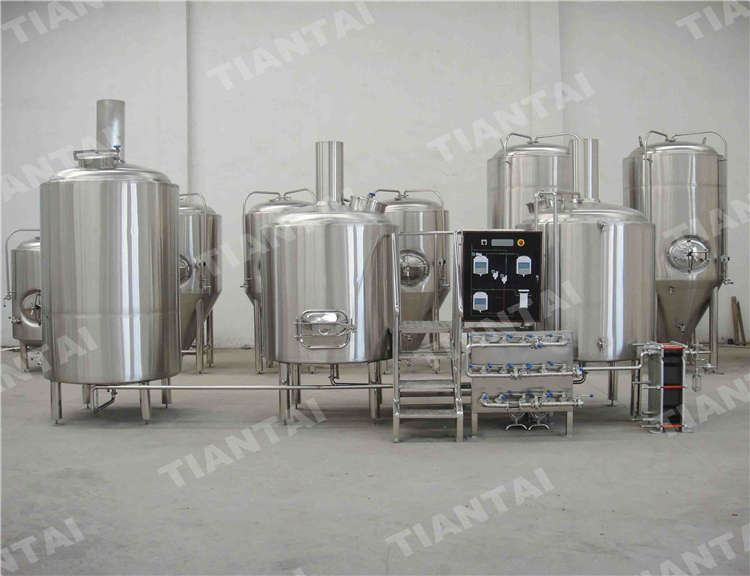We’ve all experienced that dreaded morning after a night of beer enjoyment, where a throbbing headache serves as a stark reminder of our choices. But what exactly makes some beers lead to severe hangovers, even if they’re otherwise high-quality brews? In this article, we’ll explore the science behind beer-induced hangovers and how brewers can refine their processes to minimize this uncomfortable aftermath.
The Role of Higher Alcohols in Hangovers
At the core of many beer-related hangovers is a group of compounds known as higher alcohols, or fusel alcohols. These are alcohols with more than three carbon atoms, and they can significantly affect both the flavor profile of beer and its post-consumption effects. While a certain amount of higher alcohols can enhance aroma and taste, excessive levels can lead to unpleasant side effects, including hangovers.
What Are Acceptable Levels of Higher Alcohols?
During the fermentation process, higher alcohol levels should ideally remain between 60-90 mg/L. If these levels exceed 120 mg/L—especially if isobutanol is above 10 mg/L or isoamyl alcohol surpasses 50 mg/L—drinkers may experience symptoms like dizziness, nausea, and the infamous hangover.

Factors Contributing to Higher Alcohol Production
1. Yeast Strains Matter
The type of yeast used in brewing is crucial. Different strains exhibit varying metabolic activities, leading to differences in higher alcohol production. Choosing a yeast strain specifically designed to produce lower amounts of higher alcohols can significantly improve beer quality.
2. Oxygen Levels in Wort
Oxygen plays a pivotal role in yeast growth. During the first two days of fermentation, yeast cells proliferate, which can lead to increased alcohol production if oxygen levels are too high. Maintaining dissolved oxygen around 8-10 mg/L helps keep yeast in the growth phase longer, minimizing unwanted higher alcohols.
3. Fermentation Temperature Control
Temperature directly impacts yeast activity and the production of higher alcohols. As temperatures rise, yeast metabolizes sugars and amino acids more quickly, which can lead to a spike in intermediate products like α-keto acids, further increasing alcohol levels. To combat this, brewers should monitor fermentation temperatures closely, starting at lower temperatures and gradually increasing them to prevent excessive diacetyl and other byproducts.
4. Monitoring α-Amino Nitrogen Levels
The α-amino nitrogen content in wort is another critical factor. Adequate levels promote healthy yeast reproduction while controlling higher alcohol production. Ideally, the α-amino nitrogen in a 12 °P wort should be maintained between 180-200 mg/L. Too much nitrogen can cause rapid consumption of amino acids, while too little forces yeast to produce more α-keto acids and, consequently, higher alcohols.

Enhancing Beer Quality for a Better Experience
Beer quality is not merely about taste; it encompasses the entire drinking experience, including how you feel the next day. As craft beer continues to evolve, consumers are becoming more discerning, demanding beers that not only taste great but also come with fewer negative aftereffects.
Brewers who wish to thrive in this competitive market must invest in top-notch equipment and refine their brewing techniques. By controlling yeast strains, oxygen levels, fermentation temperatures, and nitrogen content, they can produce beers that are not only flavorful but also easier on the system.
Conclusion:Beer Quality Improvement
Understanding the factors that contribute to hangovers can empower both brewers and consumers. By focusing on quality control and refining brewing practices, it’s possible to enjoy great-tasting beer without the fear of a harsh morning after. Cheers to a better beer experience!


